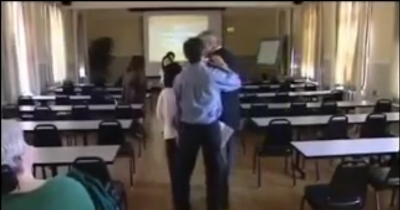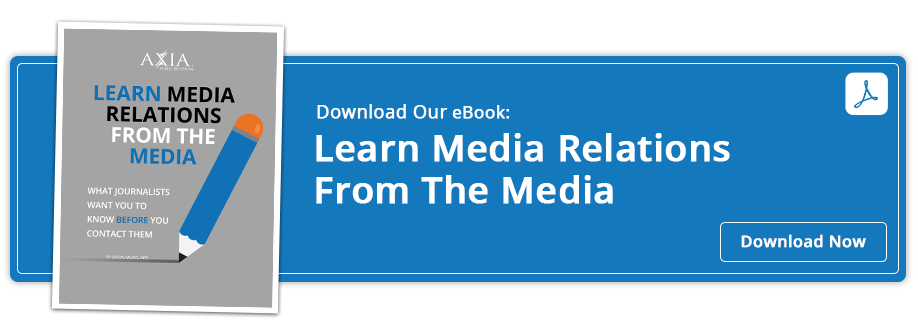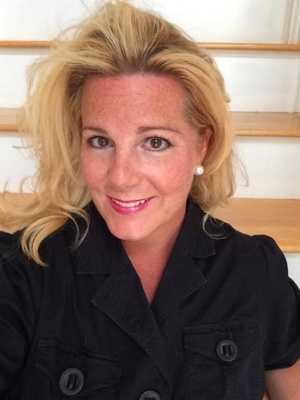 Keep media contact professional. Handsy PR guy shows you how not to do media relations
Keep media contact professional. Handsy PR guy shows you how not to do media relations
As a public relations professional, your job is finely tuned to working with others, which necessitates that you understand the rules of personal space, body language and other communication elements. Even so, those without experience jump into PR jobs believing if they can write a news release, they can do the job well. The lack of true understanding of public relations, however, can lead to faux pas or worse.
This reality was evident as Dan Noyes, chief investigative reporter for ABC-7 News’ I-Team, visited San Francisco-based Laguna Honda Hospital (LHH), which had been under investigation for inappropriately and fraudulently using patient gift funds. As Mr. Noyes began an interview with LHH director of community relations, Marc Slavin, the hospital executive demonstrated poor media relations – and it was all captured on video. (Slavin didn’t just make one poor decision; he proceeded to make poor decisions more than 40 times! Noyes can be heard saying, “Don’t touch me,” more than 15 times, yet the manhandling continued. Slavin’s bizarre interaction with Mr. Noyes illustrated several inappropriate ways to handle the media. Moreover, it also personified behavior that no professional should employ in any setting.
After Noyes aired the piece, he shared, “As a guy, I wanted to push him, but I wasn’t going to do that because it really wasn’t personal, it was business to me. It was definitely frustrating, because I told him not to touch me, he kept on doing it, and that’s just wrong.”
Mr. Noyes, we completely agree with you and believe every PR professional should read up on what not to do when dealing with the media:
- No touching. Simple stated, don’t do it. Do not put your hands on a journalist, cameraperson or any member of the media. No hugging, high-fiving or kissing should occur in a professional environment. A handshake will suffice. Even in instances where the environment is hostile (crisis), PR professionals must maintain personal distance, composure and never touch a media person. Rather than get physical, invite reporters to separate quarters for interviews, arrange another time for an interview or provide a written statement with facts, combined with a respectful request to depart the premises.
- Don’t grab the camera (or its operator). Camera operators often put themselves in awkward positions to get the best shot or get close enough that the microphone attached to their video camera picks up conversation. Therefore, cameras sometimes appear invasive. Even so, it’s not acceptable to touch individuals wielding the cameras. The media is legally entitled to camp out in public areas (streets, lobbies, driveways), but without express permission, they can’t legally come onto private property. If you don’t want them in your building, don’t invite them in. Should you invite them in, but wish them to leave, contact your building security or police to assist. The optimal approach is to ensure that your office building or business location maintains a no-solicitation or no-entry-without-credentials policy. There should be no lens grabbing, camera smashing or physical engagement, as these actions can result in legal blowback.
- Keep proper/professional personal distance. Standing toe-to-toe with a media representative is not a smart move. Should you feel your privacy or space is being invaded or if you wish the press removed from your premises, call for security or the police. Do not, as Mr. Slavin did, attempt to intimidate the media with physical (or verbal) harassment. Poor choices lead to poor results.
A media professional’s job is to get the story/shot and most are tenacious enough to obtain it. However, this doesn’t provide a pass for inappropriate behavior on the part of PR professionals attempting to shield clients. Learn from Mr. Slavin’s errors in judgment and learn more about how to properly handle the media by downloading Axia Public Relations’ guide Learn Media Relations from the Media today.

 Wendy Bulawa Agudelo has nearly 20 years of experience in technology, business, consumer and nonprofit public relations. She serves on the Massachusetts Down Syndrome Congress PR Task Force and is a culinary enthusiast and champion for the special needs community. Wendy has worked for Axia Public Relations since September 2014. Learn more about Wendy Bulawa Agudelo. Connect with Axia on Twitter @axiapr or tell us what you think in the comments below.
Wendy Bulawa Agudelo has nearly 20 years of experience in technology, business, consumer and nonprofit public relations. She serves on the Massachusetts Down Syndrome Congress PR Task Force and is a culinary enthusiast and champion for the special needs community. Wendy has worked for Axia Public Relations since September 2014. Learn more about Wendy Bulawa Agudelo. Connect with Axia on Twitter @axiapr or tell us what you think in the comments below.
Topics: media relations, public relations


Comment on This Article